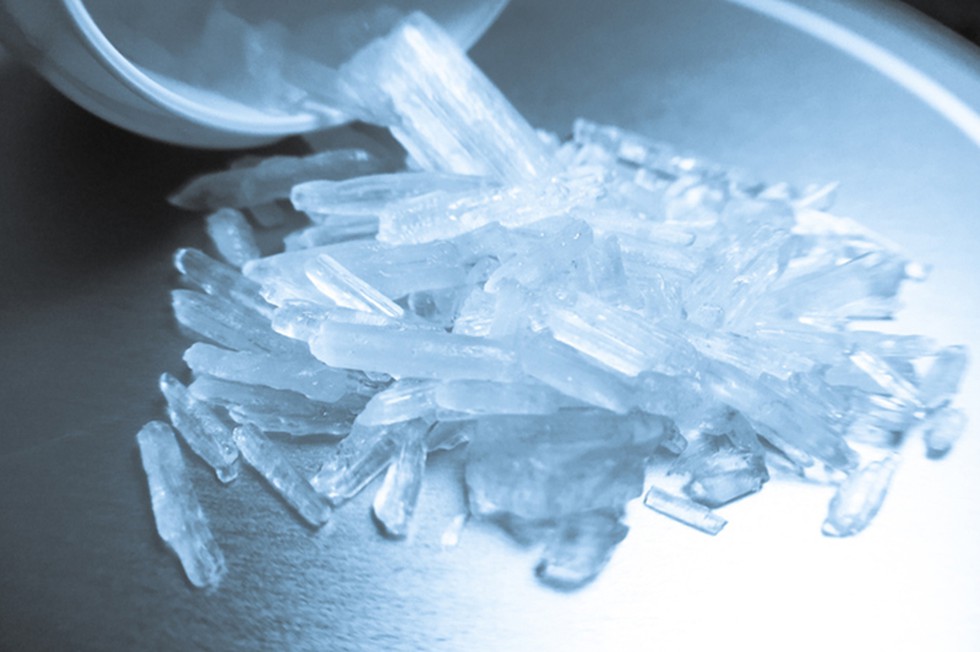
About Methamphetamine:
The rare bird, Scarlet Tanager, was r...
The Centre recently launched an initi...
US President Joe Biden and Chinese co...
In a major crackdown on drug traffick...
Three bodies, recently discovered in ...
The Indian Army is conducting a high-...
Recently, Chinese astronauts successf...
Recently, a team of botanists from th...
Recently, the Ministry of Defence lau...
High temperatures and reduced salinit...